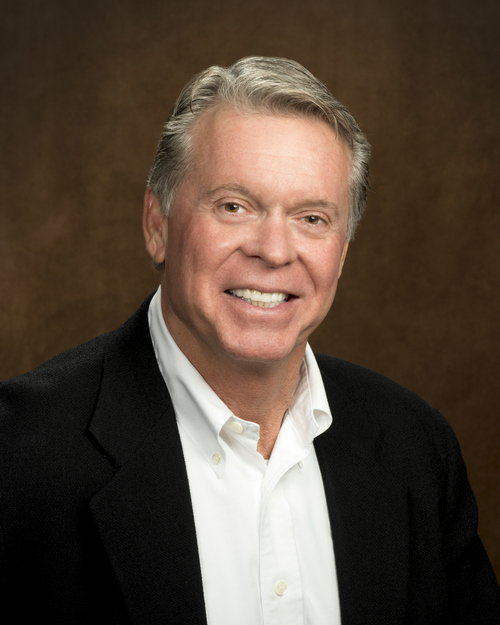By Tim Norris

One of my favorite times of the year is Thanksgiving. It brings families and friends together to share a meal and give thanks for their blessings. It’s similar to when the pilgrims and Indians had their first meal together, and gave thanks for their bountiful year.
The Thanksgiving celebration we observe today is derived from the pilgrims’ Thanksgiving celebration in 1621. They landed in Plymouth, Massachusetts in November of 1620. The first winter was harsh and more than half of the settlers died. Emerging from the grueling winter they were greeted by an Indian named Samoset; he spoke to them in their own language, explaining he had learned English from fishermen and traders. Samoset then introduced them to his friend Squanto, who then began living with them and accepted their Christian faith. Squanto taught the pilgrims how to live in the New World. He and Samoset forged a peace among the Pilgrims and the Wampanoag Indians, which lasted many years. The pilgrim governor, William Bradford described Squanto as, “ A special instrument sent of God for our good… he never left us until he died.” The Pilgrims reaped a bountiful harvest that summer. So in December 1621, they declared a three-day feast to thank God and celebrate with their Indian friends. This was America’s first Thanksgiving celebration. It was a festival of friends, family, and athletic events, and involved feasting, times of prayer and religious worship. This led to an annual Thanksgiving tradition in the New England colonies. But, Thanksgiving didn’t start spreading southward into the other colonies until after the American Revolution. At that time, Congress issued eight separate national Thanksgiving proclamations over many years. In 1789, America’s first federal Thanksgiving proclamation occurred after the adoption of the Constitution. Congress responded by requesting President George Washington proclaim a day of Thanksgiving, which he gladly did. He said, “It is the duty of all nations to acknowledge the providence of Almighty God, to obey his will, to be grateful for his benefits, and humbly to implore His protection and favor.”
The adoption of our Thanksgiving federal holiday may also be credited to Sarah Hale, a mother of five and editor of Godey’s Ladies Book, a popular ladies magazine that contained poetry, artwork and articles by America’s leading authors. She actively promoted the idea and said “Thanksgiving Day is the national pledge of Christian faith in God, acknowledging Him as the dispenser of blessings. This festival should be joyfully and universally observed throughout our whole country as inseparable from American life.” For nearly three decades she lobbied presidents including President Abraham Lincoln, asking him to declare a federal Thanksgiving. Lincoln responded in 1863 with a proclamation printed in the New York Times, and was scheduled to be on the last Thursday of November. He reminded people that, “The year that is drawing towards its close has been filled with the blessings of fruitful fields and healthful skies. To these bounties, which are so constantly enjoyed that we are prone to forget the source from which they come, others have been added…no human counsel hath devised, nor hath any mortal worked out these great things, they are the gracious gifts of the most high God.”
Over the next 75 years, subsequent presidents followed President Lincoln’s precedent and the celebrations varied widely and at times in different months. Then in 1933 with a Thanksgiving proclamation from President Franklin D. Roosevelt, we began regularly celebrating Thanksgiving on the fourth Thursday of each November. By 1941, Congress permanently established that day as the national Thanksgiving holiday!
As the legendary radio host Paul Harvey would say, as he signs off the air, “And now you know the rest of the story.”
Have a Happy and Blessed Thanksgiving!
The post The Thanksgiving Proclamation appeared first on South Walton Life | 30A News, Events and Community Information.

Be the first to comment on "The Thanksgiving Proclamation"